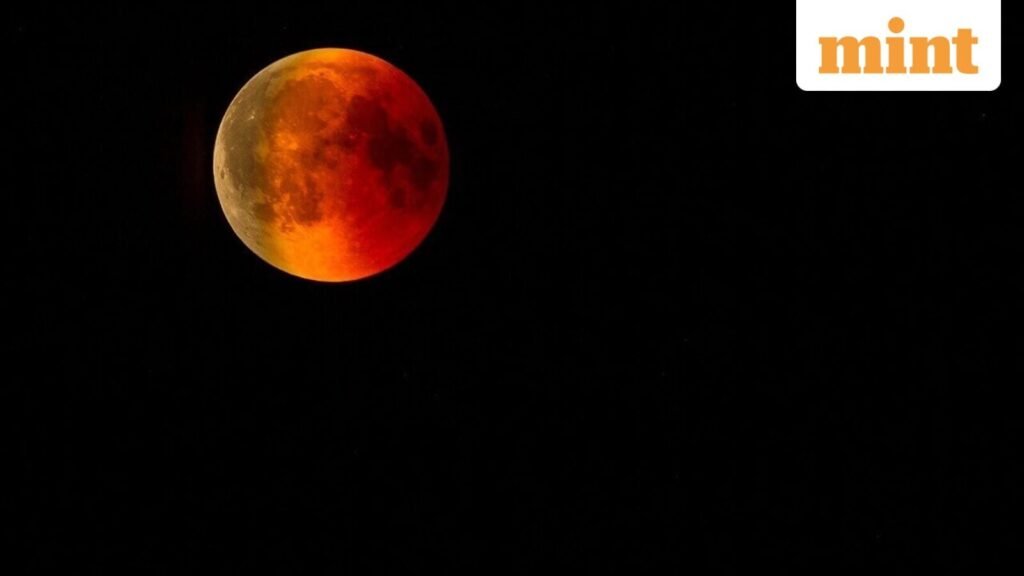A partial solar eclipse is set to take place on Sunday, September 21. However, people in the United States will not be able to witness it. This rare event will only be visible in Australia, New Zealand, Antarctica, and a few small islands in the Pacific and Atlantic.
What is a partial solar eclipse?
A solar eclipse happens when the moon moves between the sun and the Earth, blocking sunlight. In a total solar eclipse, the sun, moon, and Earth line up perfectly, turning day into night for a short time. In a partial solar eclipse, the alignment is not exact, so the moon only covers part of the sun.
According to USA Today, during the upcoming partial eclipse the sun will appear “like a crescent, like someone took a bite out of it”. People in the right regions will briefly see this unusual “bitten Sun” before the moon passes and the sun looks normal again.
When will the eclipse occur?
The partial eclipse will begin at 1:29 pm ET on Sunday, 21 September, with the maximum eclipse at 3:41 pm ET. Since it will already be Monday in the Southern Hemisphere, timings will vary by location. Viewers are advised to check schedules on trusted sites such as Time and Date.
Can it be seen from the US?
No. The eclipse will not be visible from the United States. For most Americans, the only way to experience it will be through live streams, videos, and photographs shared from regions where it can be seen. Around 16 million people — just 0.2 per cent of the world’s population — will be able to view it directly.
How can it be watched safely?
Experts warn: never look directly at the sun without proper eye protection. Special eclipse glasses, solar viewers, or official live streams should be used. These precautions are vital to prevent serious eye damage.

